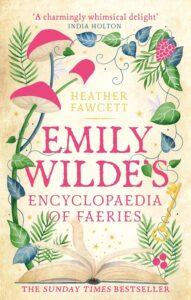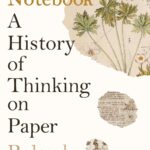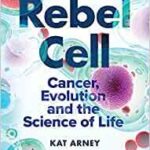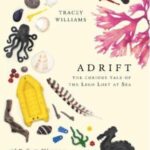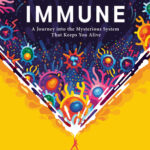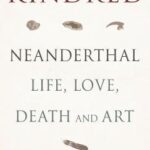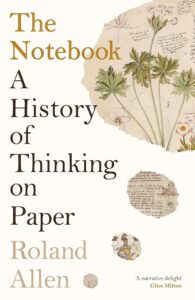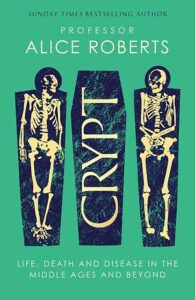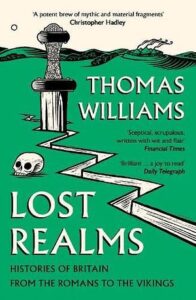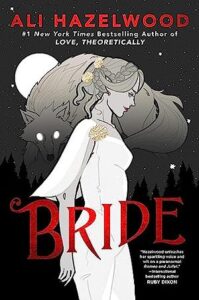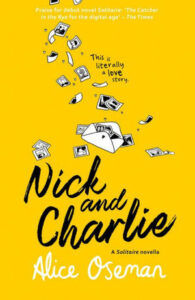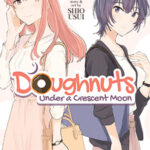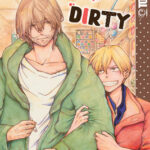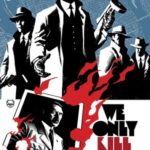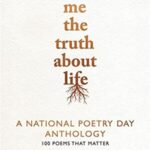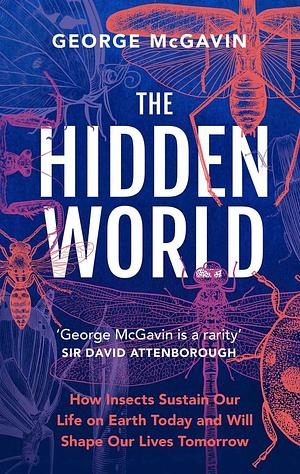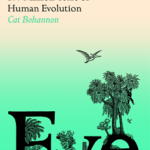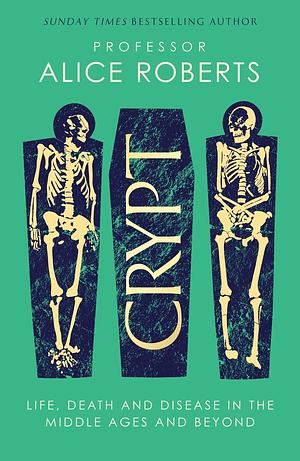
Crypt: Life, Death and Disease in the Middle Ages and Beyond
by Alice Roberts
Genres: History, Non-fiction, SciencePages: 352
Rating:

Synopsis:In her previous two bestsellers, Professor Alice Roberts powerfully and evocatively revived people of the past through examining their burial rites, bringing a fresh perspective on how they lived. In Crypt, Professor Roberts brings us face to face with individuals who lived and died between ten and five centuries ago.
The stories in this book are not comforting tales; there’s a focus on pathology, on disease and injury, and the experience of human suffering in the past. We learn of an episode of terrible brutality, when hate speech unleashed a tide of violence against an ethnic minority; of the devastation caused by incurable epidemics sweeping through medieval Europe; of a protracted battle between Church and State for the heart of England – a battle that saw the most famous tomb in the country created and destroyed; and a tumultuous story, forged in the heat of warfare, that takes us out of the Middle Ages into the sixteenth century and the reign of Henry VIII.
In the Middle Ages, there’s barely a written note for most people’s lives. The information we can extract from archaeological human remains represents is an essential tool for understanding our history. Most of these dead will remain anonymous. But, in the thrilling final chapter, Professor Roberts introduces an individual whose life and bones were marked by chronic debilitating disease – and whose name might just be found in history…
I was really excited about Alice Roberts’ Crypt coming out, because I enjoyed both Ancestors (my review) and Buried (my review), and this essentially concludes the trilogy, making it a survey through time about burial practices and archaeological finds in Britain. Crypt in particular was extra-exciting to me because it promised to discuss palaeo/archaeopathology, meaning looking in more depth at how people died, including whether infectious disease may have been involved. There are three chapters (of the seven) which deal heavily with this, discussing leprosy (Mycobacterium leprae), the Black Death (Yersinia pestis), and syphilis (Treponema pallidum) — obviously right up my street as someone who is fascinated by infectious disease (and especially leprosy’s cousin, Mycobacterium tuberculosis).
It was everything I’d hoped for, discussing deaths throughout the Middle Ages and going pretty in-depth about the stories we can see written into bone, plus the ways we’ve been able to find the trace of infectious diseases that are less apparent, or potentially ambiguous. The methods used weren’t too much of a surprise to me (“fishing” for ancient disease DNA using primers definitely occurred to me as a possibility), but it’s still fascinating to see it discussed at a bit more length.
As usual, Roberts writes clearly and engagingly, though maybe I could’ve done with slightly less about Henry VIII’s Mary Rose — I get that context is important, but I’m just not that interested in the Tudors and their squabbles, and I think it could’ve done with a bit less about that.
One thing I do wish is that the book used numbered references. I know it’s for a wider audience, but it’s so hard to follow up any particular interesting claim if I can’t find the paper or book it’s from, even when a detailed references section is included (as here).
Still, I enjoyed it very much, and I wish I had three more lined up just like it.
Rating: 5/5

